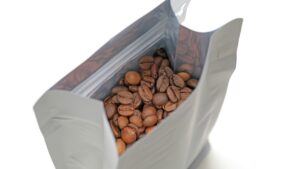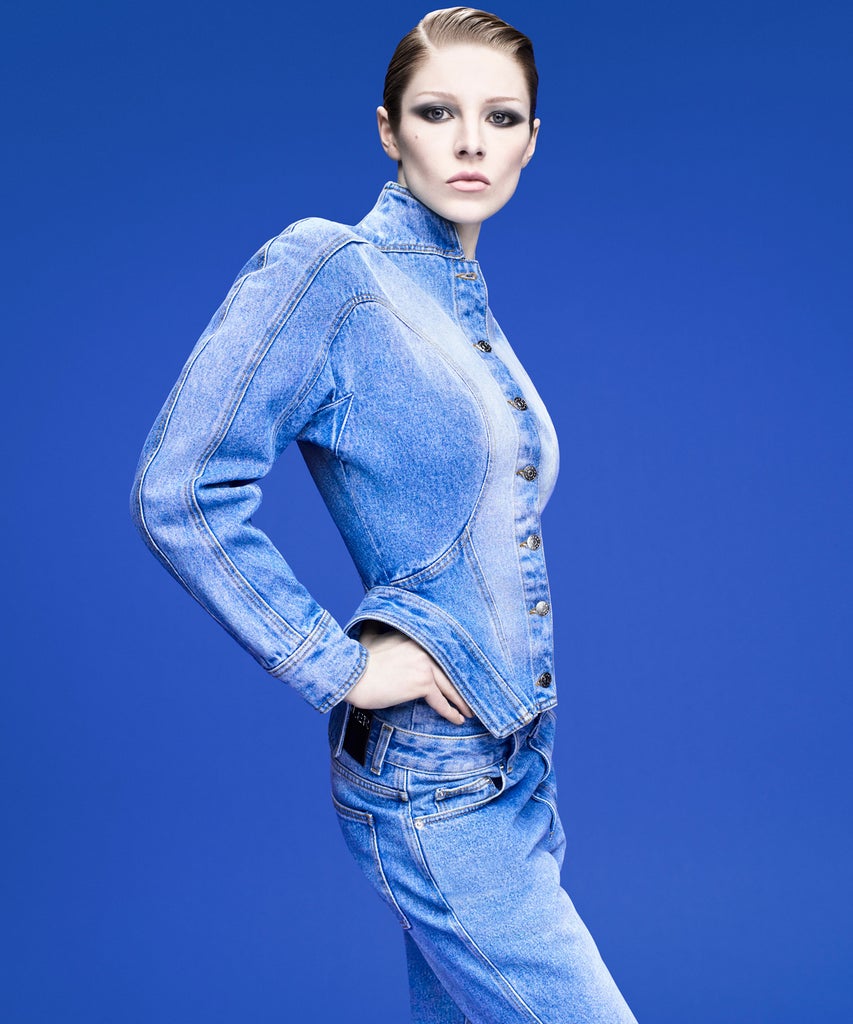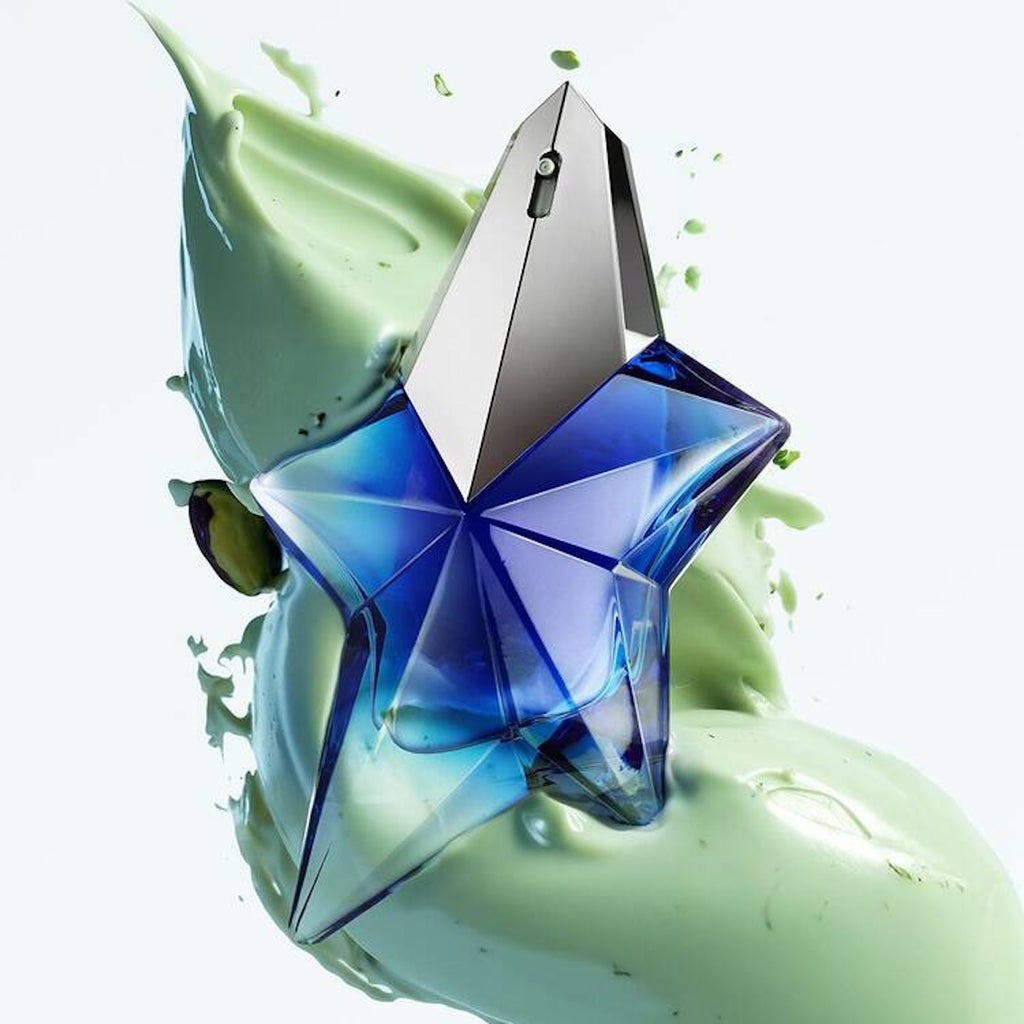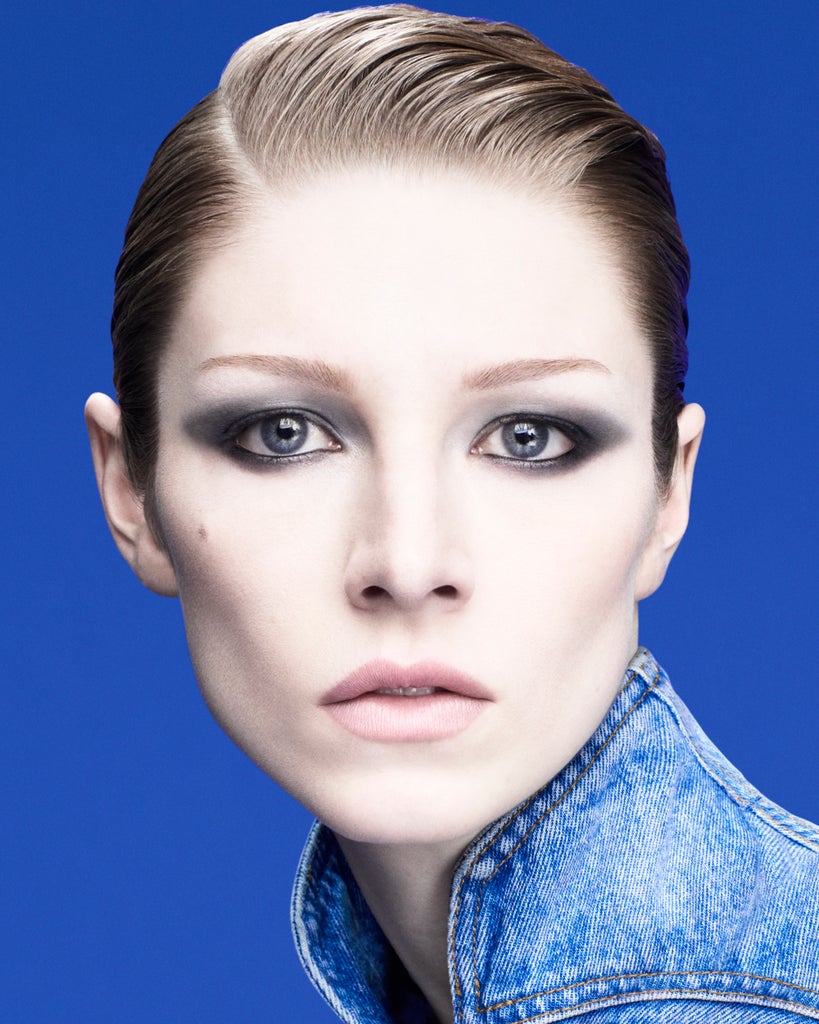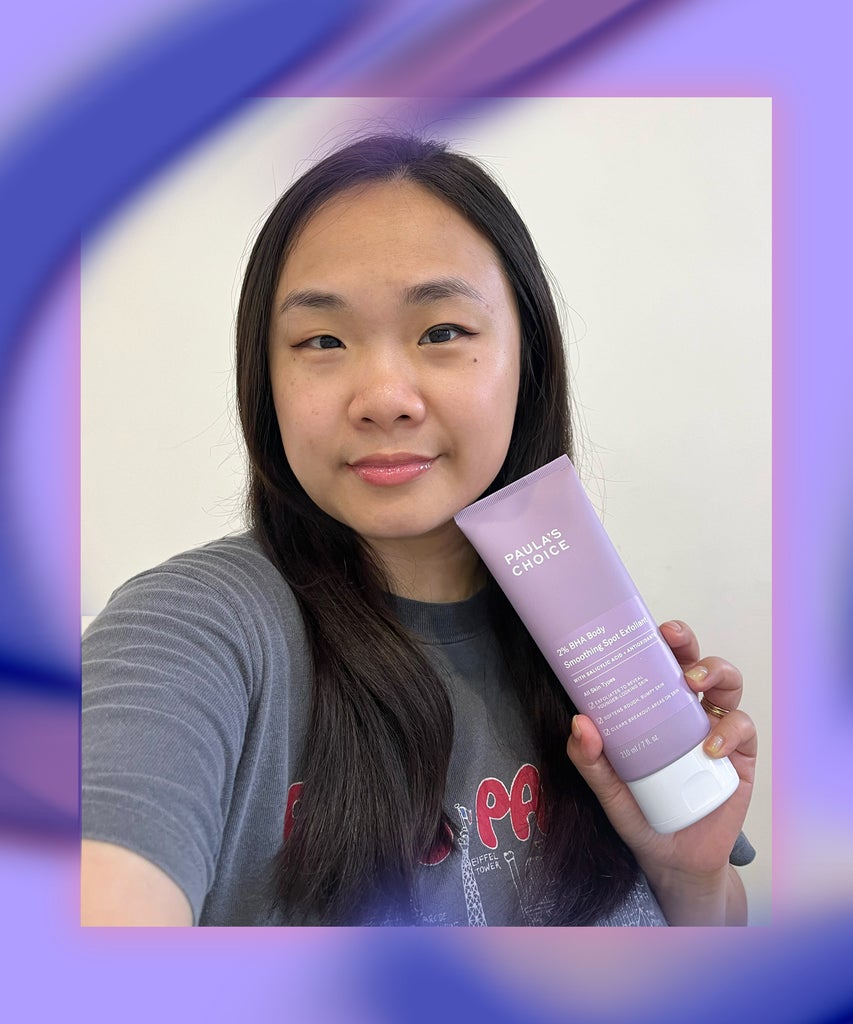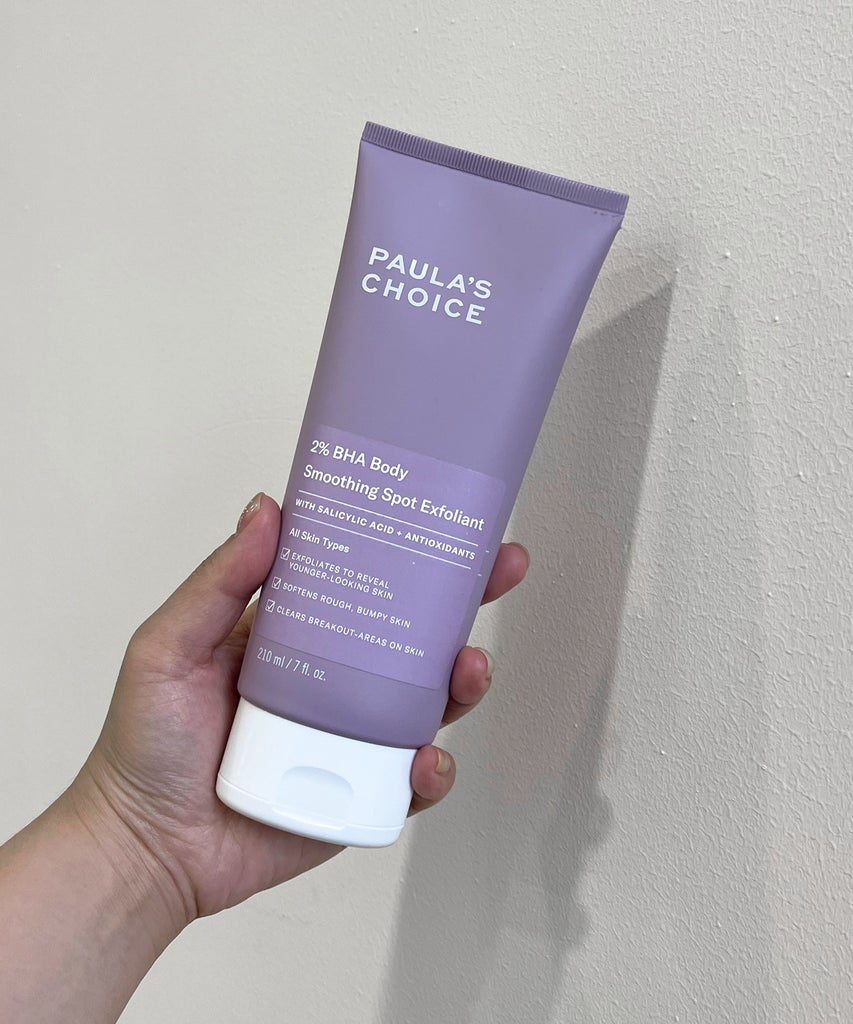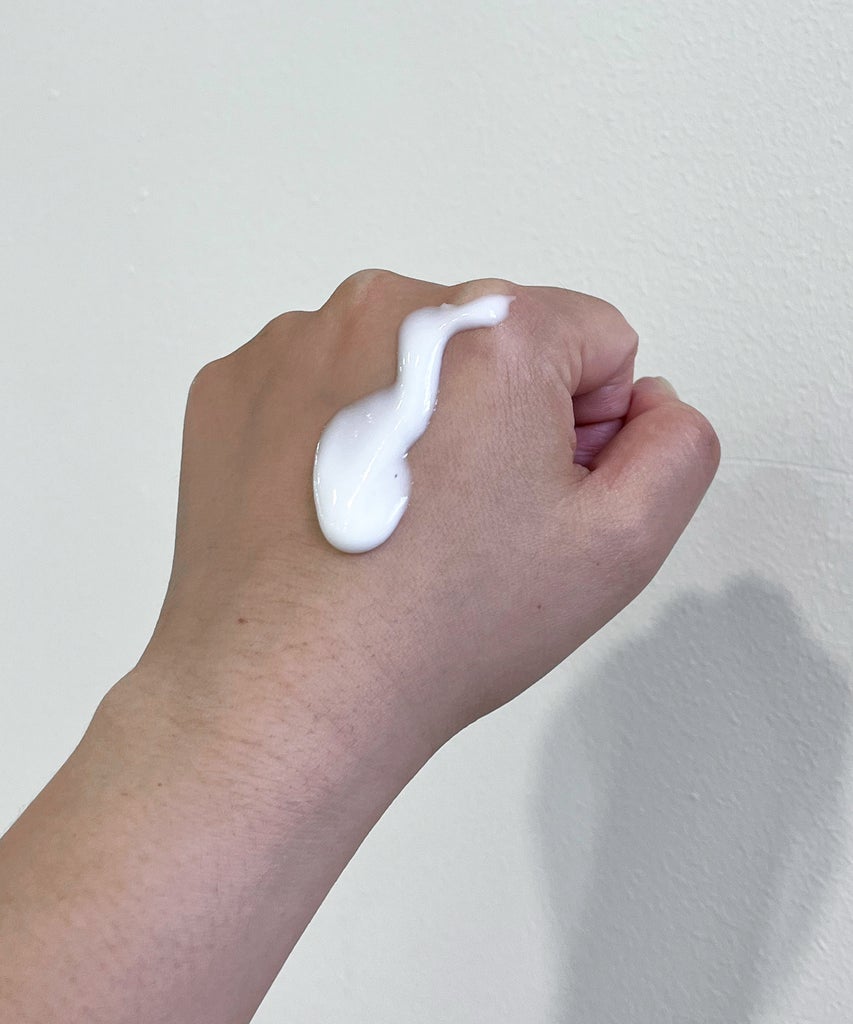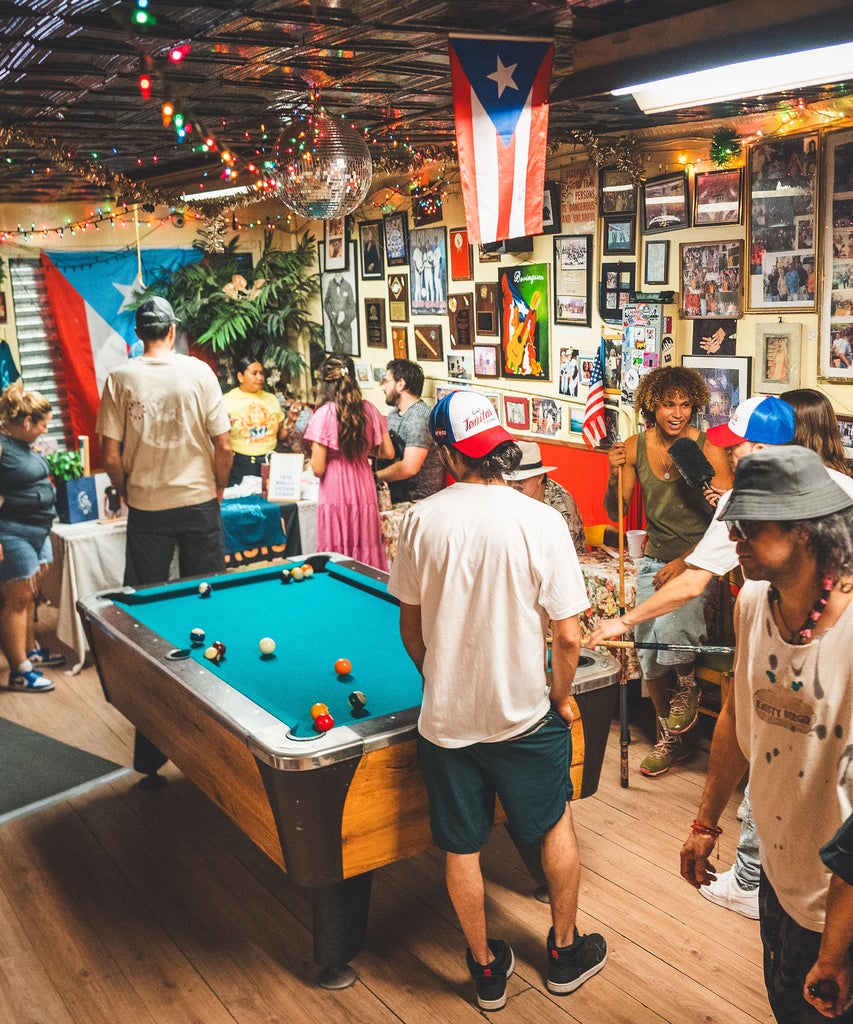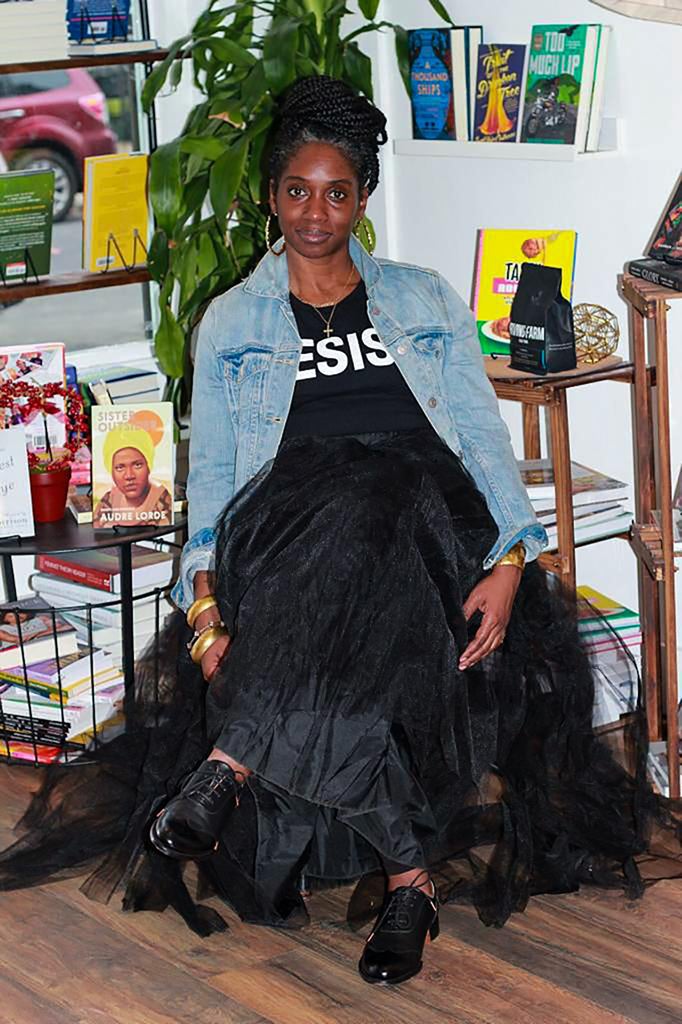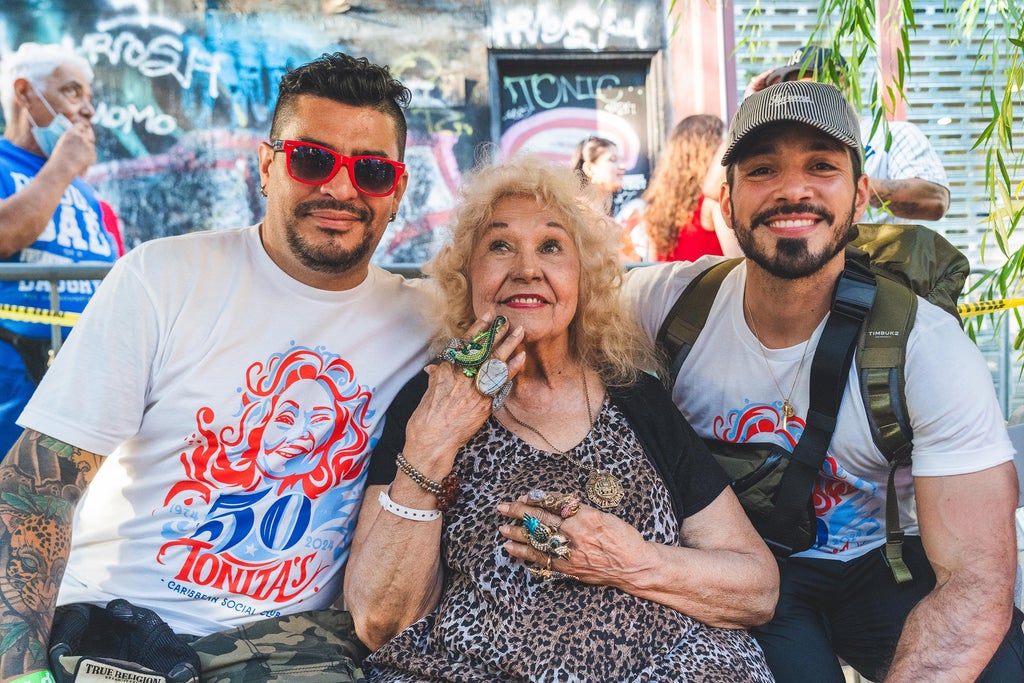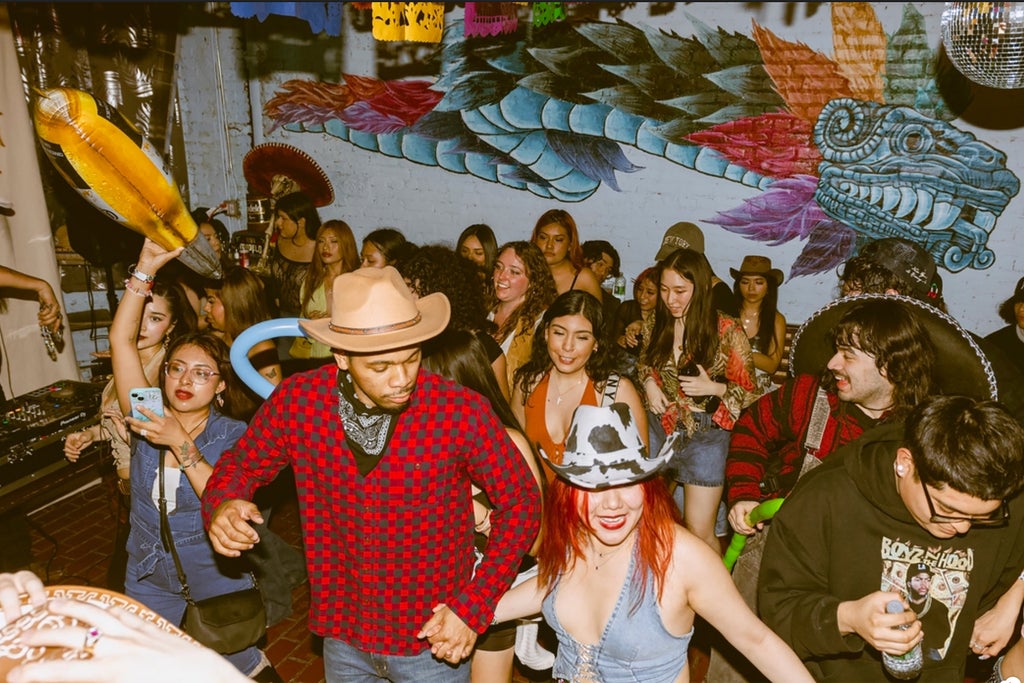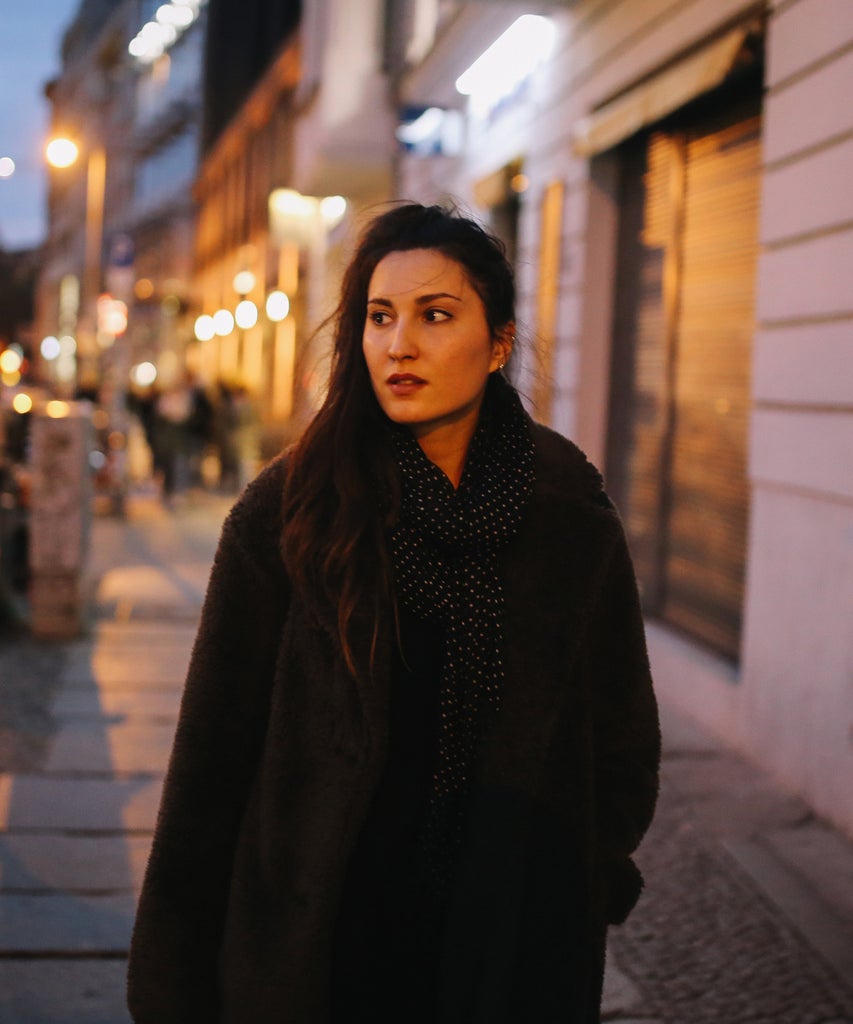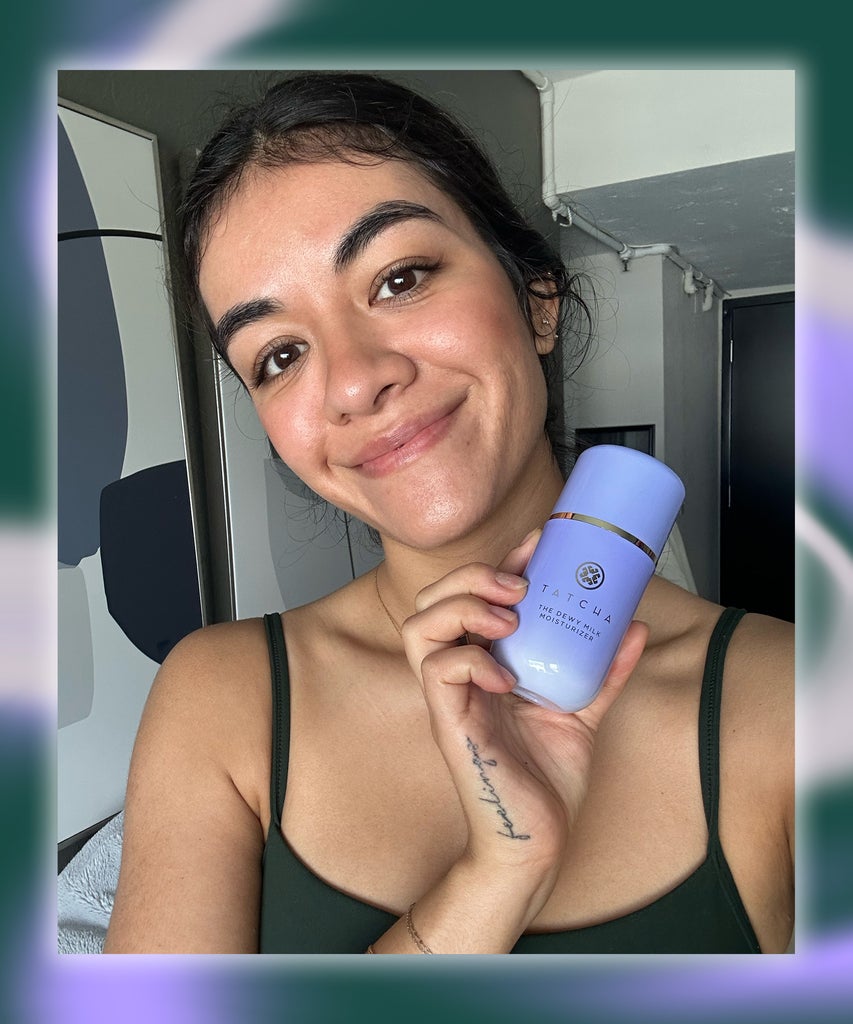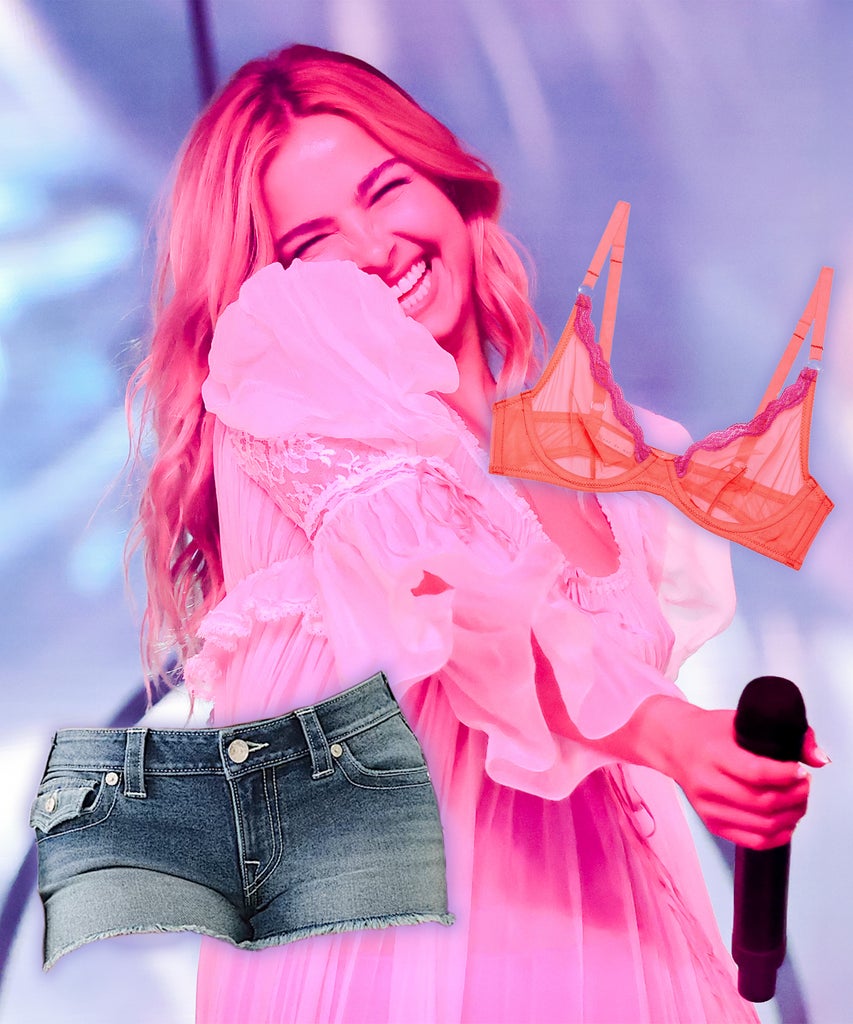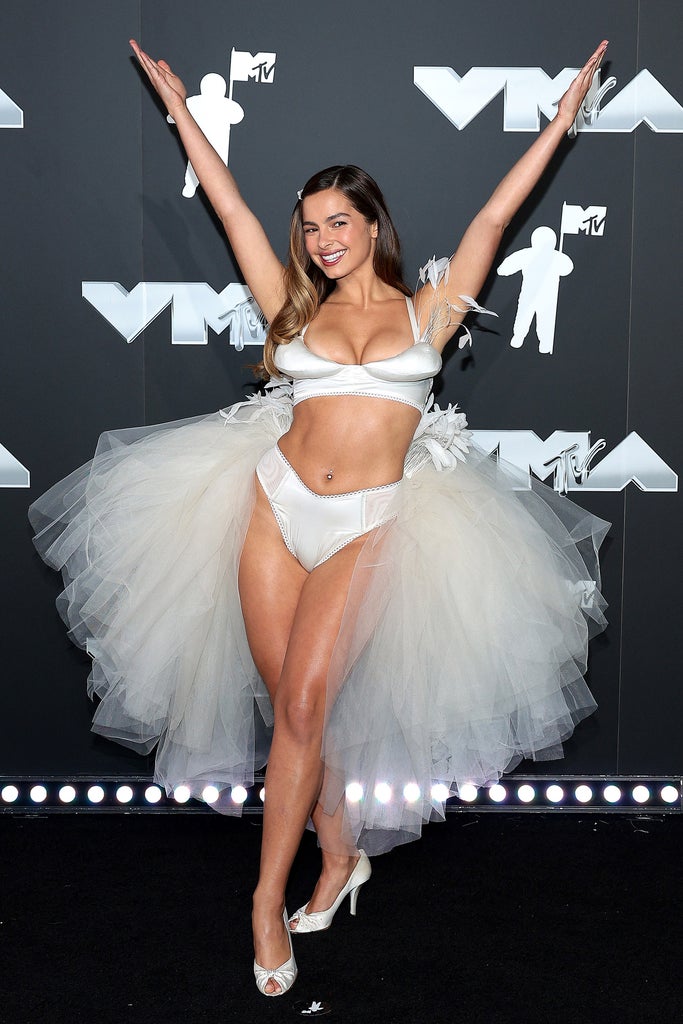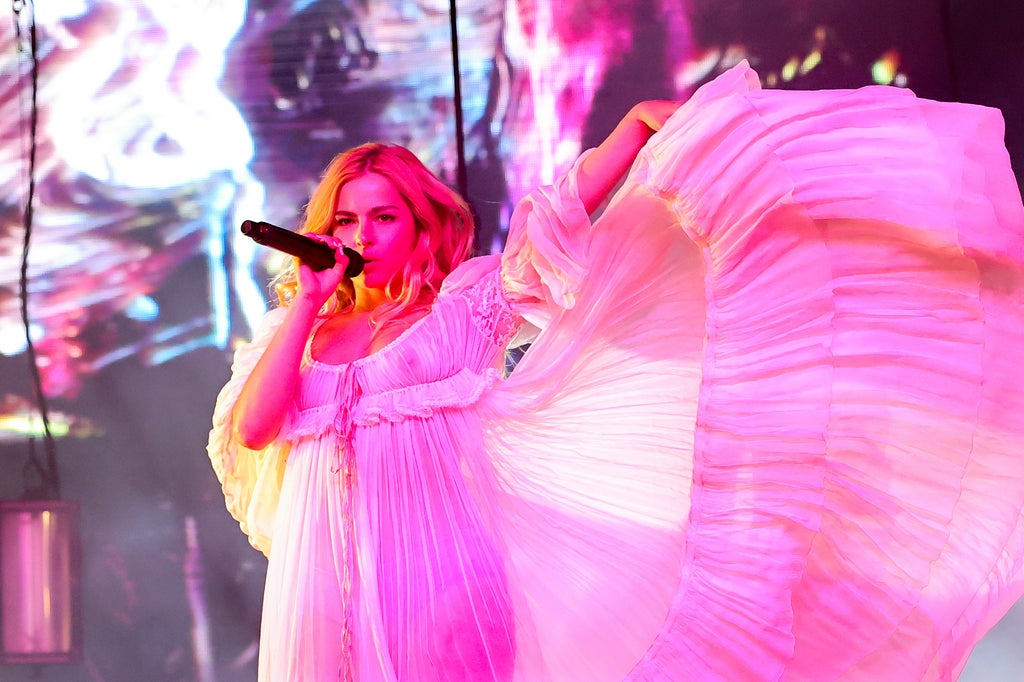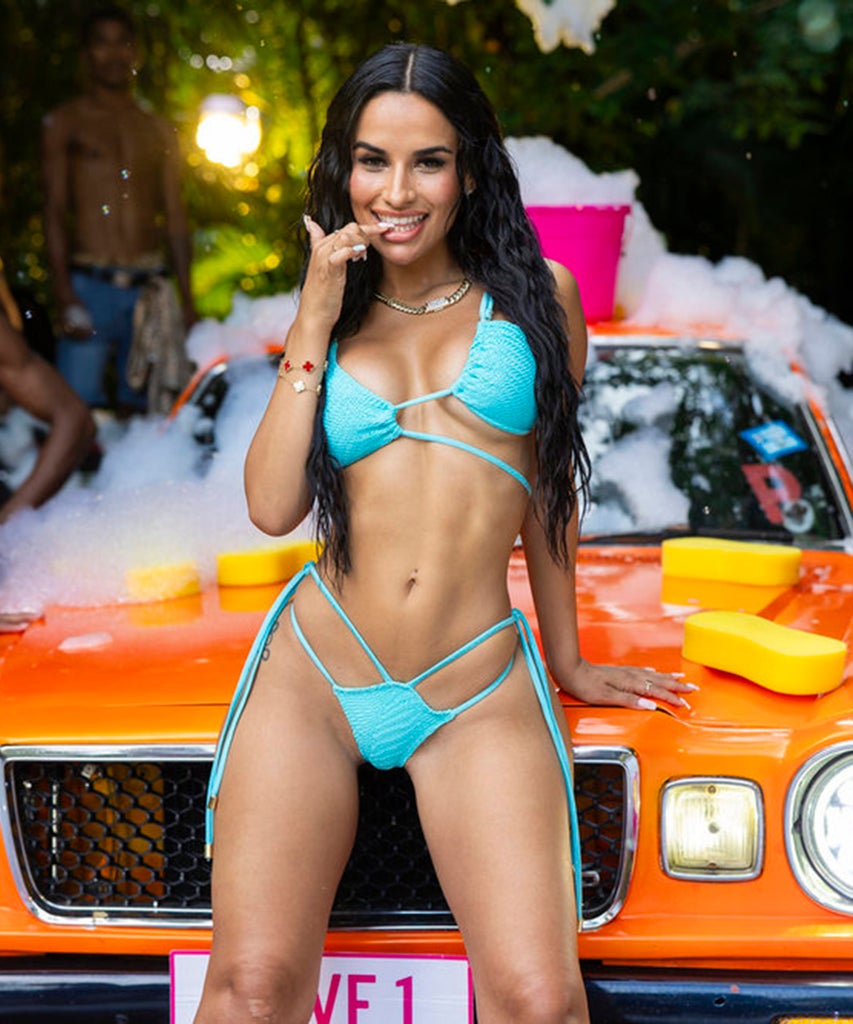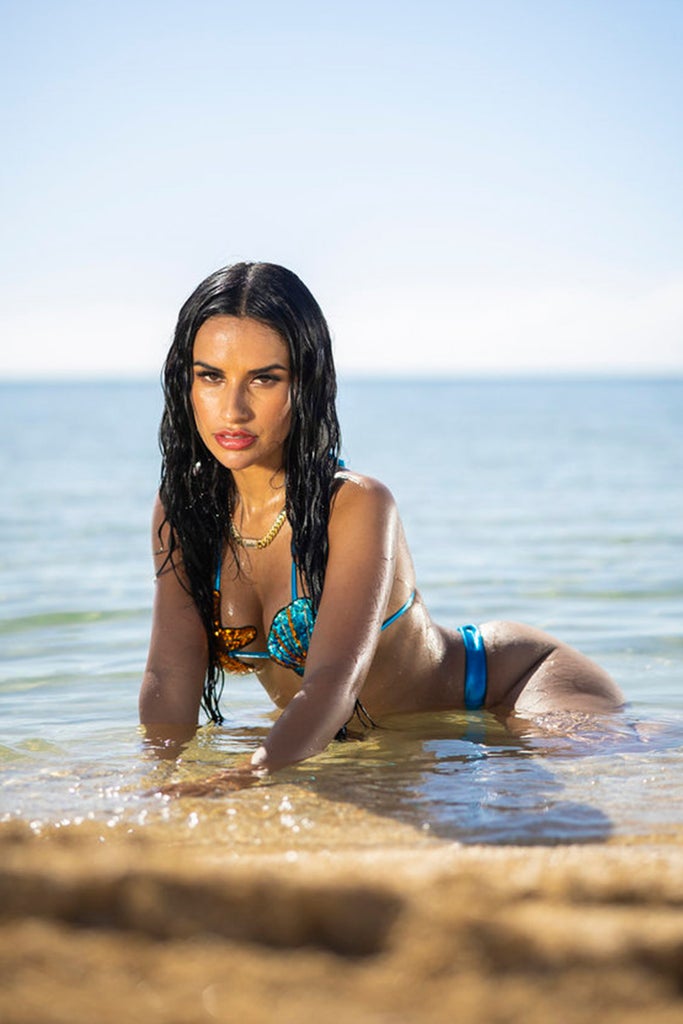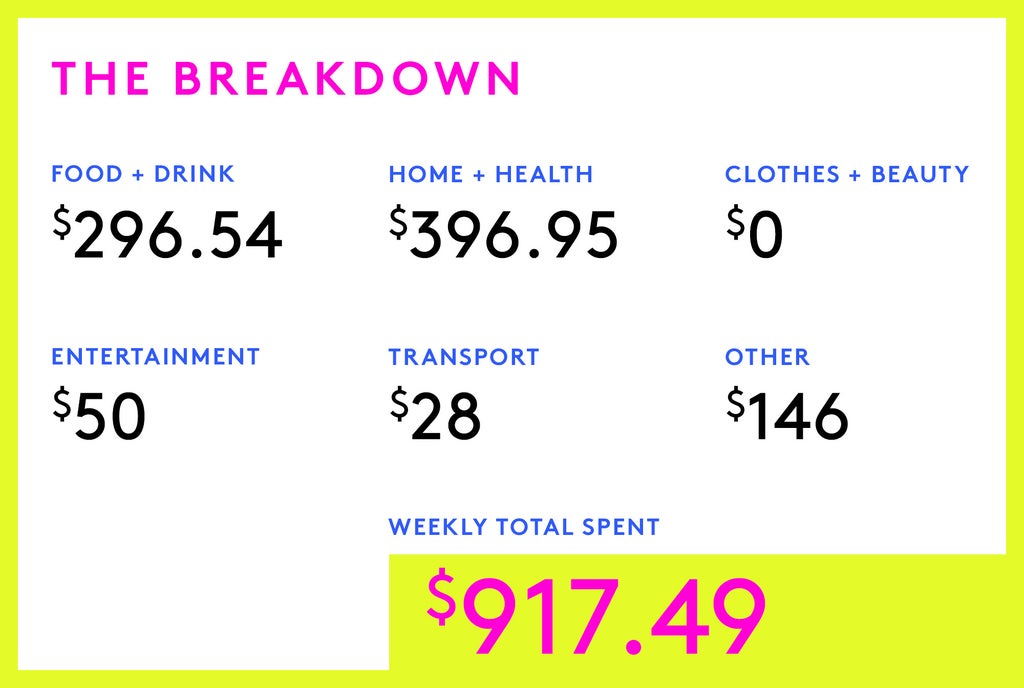
Welcome to Money Diaries where we are tackling the ever-present taboo that is money. We’re asking real people how they spend their hard-earned money during a seven-day period — and we’re tracking every last dollar.
Today: a research manager who has a $282,000 household income and who spends some of her money this week on drain snakes.
If you’d like to submit your own Money Diary, you can do so via our online form. We pay $150 for each published diary. Apologies but we’re not able to reply to every email.
Occupation: Research manager
Industry: Government
Age: 32
Location: Boston, MA
Salary: $102,000
Joint Income & Financial Setup: ~$282,000. This includes my and my husband K.’s W2 incomes, rent from a rental property (which basically just covers the mortgage), and rent from a close friend who lives with us (she was away for most of the week that I kept this diary, but we all love spending time together). We also resell some clothes and furniture, which is inconsistent so we don’t count it as income. K. and I have joint checking and savings accounts, as well as individual checking and savings accounts. Given our similar incomes, we contribute the same amount to all our joint accounts.
Assets: We have joint and personal checking accounts (totaling $1,805) and joint and personal HYSAs (totaling $13,120). My additional personal accounts are: traditional IRA: $67,295; 457(b): $42,000; taxable brokerage: $29,227; Roth IRA: $21,078; and ~$35,000 in a pension account that I don’t have access to yet. K. has ~$180,000 across his 401(k) and Roth IRA. We also own two homes together (~$900,000 each), a car (~$34,000 value), and a motorcycle (~$15,000 value). We have mortgages/loans on all but the motorcycle. We also have a 529 plan for our toddler ($2,380), but do not count this toward our assets.
Debt: $1,244,000 — this is mostly mortgages, plus a $33,000 car loan, ~$70,000 in student loans, and ~$1,000 in hospital payment plans.
Paycheck Amount (Biweekly): $4,940 (our salaries, minus retirement and health insurance). We also receive $4,900 in rent monthly.
Pronouns: She/her
Monthly Expenses
Housing Costs: $3,700 for mortgage plus HOA for a four-bed/three-bath home (increasing soon to $4,050, due to an escrow shortage — proof that your mortgage amount can fluctuate!).
Loan Payments: Home #2 mortgage: $3,300; student loans: $480; car payment: $1,000.
Child Care: $500 (we are lucky to have child care support from a family member, Z.).
Gas & Electric: ~$130
Phones: $95 (we also pay for Z.).
Internet: $113
Pet Insurance: $88
Dog Food: $70
529 Plan: $50
Compost: $20
Subscriptions: $45 (Netflix, Disney Plus, dog chip, Apple storage, misc.)
My Pension Contribution: $820
My 457(b) Contribution: $500
K.’s 401(k) Contribution: $732.92
Health/Dental/Vision Insurance: $800 for health (for the three of us; comes out of K.’s paycheck); dental/vision is $12.
Medical Payment Plans: $120
My Gym: $60 (K. pays for his gym yearly in a lump sum).
Donations: $52.50 (I pay for this).
Support For Family Member: $10 (K. pays for this).
Yearly Expenses
Car Insurance: $1800
Motorcycle Insurance: $225 (K. pays for this).
Water Heater Maintenance: $250
Amazon Prime: $69
Engagement Ring Insurance: $123 (I pay for this).
Credit Card: $95
Costco Membership: $60
Was there an expectation for you to attend higher education? Did you participate in any form of higher education? If yes, how did you pay for it?
To be honest, I didn’t realize there was another option. My parents both have degrees from their home country so they talked about the importance of education, and I always did well in school, so it felt like a natural path for me. I went to an expensive private university and received significant financial aid along with a lot of local and national scholarships, which covered almost all of my tuition, room, and board. I don’t remember exactly but think I may have left college with $10,000-$15,000 in loans, which I paid off as quickly as possible. I also received my master’s for free while working as a research assistant and receiving a stipend.
Growing up, what kind of conversations did you have about money? Did your parent(s)/guardian(s) educate you about finances?
We shopped at secondhand stores, bought mostly sale items, and always used coupons at grocery stores. I think our conversations were mostly about the need to work hard, not overspend, and look for discounts. We didn’t talk about investing until I was in grad school (when I prompted my parents about it) and as a result I ended up putting my savings in CDs for about five years — I wish I had known to invest it in index funds instead! Looking back, I was so naïve about money growing up. I assumed anyone who had a full-time job was able to pay for their necessities and that people picked careers based on their talents and interests rather than the income potential. I was very anti-money, anti-spending until sometime in my mid to late 20s. I don’t know why it took so long for reality to hit.
What was your first job and why did you get it?
My parents wanted me to focus on academics growing up, so I wasn’t allowed to work during high school. My first job outside of occasional babysitting was at a YMCA camp the summer before college.
Did you worry about money growing up?
My parents tried to give my siblings and me everything we needed and most of what we wanted, and we had a great middle-class life. But I’m sure some of the priorities they had for us — like regular travel, enrolling us in sports and other activities, and giving us generous gifts for birthdays and Christmas — brought on financial stress. My parents also have different money habits and earnings, and we experienced the tension of this. I knew they were frequently stressed about money, so I always tried to add as little financial stress as possible. This manifested as me trying to be fiercely self-sufficient, not asking for extras like attending school-organized trips, spending my senior year of high school applying to every possible college scholarship I was eligible for, and compulsively saving even through my mid 20s (doing things like going to restaurants with friends and getting only water, which I now understand were quite extreme habits that made others uncomfortable).
Do you worry about money now?
Recovering from a scarcity mindset and lifelong cheapness, I actively remind myself that although my frugality served me well earlier in my life and I’m proud of it, I no longer need to live that way. With that said, I worry in some ways. My husband K. and I have an income and net worth that look great on paper, but we live in a high cost of living area, don’t have a lot of wiggle room in our expenses at the moment, need to do some major home renovations, and expect to financially have to provide for one or both sets of our parents as they get older. In addition, we want money to be a tool rather than a stressor, in contrast to how we both grew up. All of the above leads us to want higher-paying jobs, but this is complicated by today’s job market and figuring out if it makes sense to give up our current flexibility for more demanding jobs (while we have young kids). I’m also interested in pursuing FIRE (financial independence retire early) to relieve ourselves of financial stress and get to make choices like taking a sabbatical from work and working part-time before traditional retirement age, but I know this requires more income.
At what age did you become financially responsible for yourself and do you have a financial safety net?
I was financially responsible for myself when I graduated college in that I paid for all my expenses myself (besides staying on my parents’ health insurance until age 26). However, I lived with family for eight months when I struggled to find a job after grad school. Since finding that first post-grad job at age 24, I’ve been entirely financially responsible for myself. K. and I are both financial safety nets for our families, and we are each other’s.
Do you or have you ever received passive or inherited income? If yes, please explain.
My parents unexpectedly gifted us $10,000 for our wedding, which covered the cost of our wedding.
Day One: Saturday
5:30 a.m. — My 1.5-year-old toddler, Q., wakes up crying. Guess it’s an early day, so we play, have breakfast of over-medium eggs with hummus and toast, and get ready for the day.
9:30 a.m. — Walk to the park with my husband (K.), Q., and our dog and stop at Dunkin’ on the way. K. gets a sandwich-hash-brown-coffee combo and I get a chai latte. I’m not sure why I thought this was a decent choice, but the almond milk and chai syrup combination was not doing it for me. I generally try hard not to be wasteful, but after a few sips I had to dump this out. In my defense, we rarely order from here! $10.47
10 a.m. — Q. has been on a one-nap schedule for a few weeks but she falls asleep in the stroller during our walk. A perfect sunny day for an outdoor nap! We alternate throwing a tennis ball for our dog and playing on the playground with Q. once she wakes up, then head home.
1 p.m. — Have lunch and put Q. down for another nap, then cuddle and nap with K. Much-needed naps for everyone!
6 p.m. — Head to a concert with a friend while husband puts Q. to bed. Venmo my friend for my ticket. $50
9:30 p.m. — The concert is fantastic! I head back home when it finishes and am finally in bed at 11:30 p.m. after a great day. I haven’t done many evening activities with friends since Q. was born, so tonight feels extra special.
Daily Total: $60.47
Day Two: Sunday
6:30 a.m. — I meet a friend and her toddler at a café, and we catch up while our kids play, messily (but happily) drink smoothies, and wave to strangers. We get smoothies and matcha. $20
10:30 a.m. — Q. takes a surprise nap in the car so I drive around and head to the hardware store, sitting in the car until she wakes up. When she’s awake we go in to pick up paint. $25.49
12 p.m. — Eat lunch with Q. (lentil stew with rice) and walk with her to a new playground. Later in the afternoon, I put Q. down for a nap, clean up the house, and do an online Pilates class.
5 p.m. — Feed Q. dinner. Today it’s a quinoa and beef meatball, broccoli and carrot soup, and strawberries. I like to batch prep and freeze various meals and snacks, so meals are easy to put together (things like turkey meatballs with spinach, rice with beans and beef, chicken soup, noodles with a mixed vegetable sauce, oatmeal bars, veggie and cheese muffins).
6:30 p.m. — Start the bedtime routine, giggling with Q. about belly buttons and funny sounds. Put Q. to bed while K. picks up Mediterranean plates (one falafel, one meat) for us from a local restaurant, za’atar, spinach boreka, and baklava. We hang out for the rest of the night in between cleaning up from the day and taking our dog out. $59.94
Daily Total: $105.43
Day Three: Monday
6:30 a.m. — Got to sleep in today, thanks to Q.’s wake-up time! Hang out in bed with K., Q., and Q.’s requested pre-breakfast snack (bread). An hour later, Q. and I make a smoothie using cottage cheese, strawberries, kiwi, and pear. She munches on a bit of everything and puts things in the blender. She loves doing this recently, which makes me happy because I really want to make cooking fun for our kids! We have our smoothie with pancakes for breakfast.
8:30 a.m. — Log in for work when our family member, Z., arrives to help with child care. We’re grateful to have Z.’s support on weekdays while we work full time. Work a bit, then take our dog out for a quick walk.
10:30 a.m. — Take a rare couple of hours off during the day and head to a 90-minute massage with foot reflexology! K. had found this fantastic place on Groupon that has a more relaxing, upscale vibe than my usual favorite in Chinatown. Get a prenatal massage (my first!) and feel pleasantly surprised at the good pressure my massage therapist uses. The Groupon was previously paid for, so I add tip. $26
2 p.m. — Back home for lunch and another couple hours of work updating interview guides, designing study protocols, and planning focus groups. K. buys something on Amazon. $7.49
5:30 p.m. — Log off and quickly prep Q.’s dinner. K. feeds her while I take our dog out and put away laundry. Then K. heads to the gym, I give Q. a bath, we play as she learns to give kisses and thinks it’s the funniest thing ever, and we read books and sing songs. She falls asleep at 7:15 p.m. K. stops at the grocery store to buy sliced cheese, tomatoes, cookie dough, bananas, and clementines. $33.26
8 p.m. — Scroll on my phone for too long but eventually mobilize for an online Pilates class. I’m loving Move with Nicole and Pregnancy and Postpartum TV on YouTube lately!
9 p.m. — Prep Impossible Burgers and salad with K. and eat together while chatting about friendships we’ve built across different phases of our lives, and how special it is to have friends from childhood who’ve been part of our most awkward times. Sleep at 10:30 p.m.
Daily Total: $66.75
Day Four: Tuesday
6 a.m. — Q. cries and calls for us but stays laying down. This has been new for the past week as she adjusts to her new one-nap schedule. We get her at 6:20 a.m. and she eats a banana and tangerine in our bed, and we all play together, read, and listen to music. There’s a whole lot of “Wheels on the Bus” and “Baby Shark” in our lives lately!
7:30 a.m. — Prep tomato scrambled eggs with cheese in a tortilla for our breakfast while Q. munches on an apple in her kitchen tower next to me. We eat together then get ready for the day (lotion, get dressed, brush teeth and hair). Z. arrives at 8:30 a.m. so I get dressed, log in for work, and clean up the kitchen from breakfast.
9 a.m. — Handyman arrives to fix some things in our bathroom; I spend a couple hours working. $200
11 a.m. — Take our dog for a walk while listening to the Financial Feminist podcast — one of my favorites! When I get back I chat with K. about HELOCs. We are planning on taking one out for needed home repairs on our rental property but aren’t looking forward to the extra payments. I love the idea of a cash-out refinance to cover renovations, but we have a great mortgage interest rate right now and changing that unfortunately wouldn’t make financial sense.
12 p.m. — Have a few meetings, and after a few hours take an unexpected nap. Unusual for me but much-needed during pregnancy! I’m right at the end of my first trimester, and the trend in my pregnancies seems to be major exhaustion in the first trimester.
5:30 p.m. — Prep Q.’s dinner and feed her (turkey meatballs, English muffin, tabbouleh, shredded carrots), then head to the gym! I was in a workout rut postpartum (motivated but uninspired, which led to unstructured workouts) but became focused and energized once I committed to sprint triathlon training. I did that for about three months before getting pregnant again (and endlessly tired and bloated), so my workouts are triathlon-lite. I run a few miles, getting a random nosebleed partway, then finish my workout with some weights.
8 p.m. — Stop at the grocery store on my way home to buy strawberries, zucchini, cabbage, beef patties, potato chips, and cheese. When I arrive home K. and I make burgers with salad and hang out. I plan most of our meals and aim to mix up what we eat for variety of nutrients and flavors, but we’re having the same dinner as yesterday because it was good, easy, and healthy enough. $36.07
10 p.m. — Take our dog out and shower while K. cleans up, and we head to bed at 10:30 p.m.
Daily Total: $236.07
Day Five: Wednesday
5 a.m. — Q. cries and we watch her on the monitor hoping she’ll fall back asleep. She finally falls back to sleep around 5:45 a.m. We get her at 6:30 a.m. and she hangs in bed with us while reading and eating a banana.
7 a.m. — Get ready to head into the office, struggling to find clothes that don’t show I’m pregnant. This is especially hard in my second pregnancy, as I’m showing much earlier than in my first.
8 a.m. — Have breakfast with Q. (a smoothie with strawberries, Greek yogurt, cottage cheese, and chia seeds) with peanut butter toast. K. finds a new leak in our basement from the tankless water heater (we had the yearly maintenance done last week), so we’ll have to re-contact our plumber.
8:45 a.m. — Head to work on the bus then the T (Boston’s subway). This trip costs $2.40, but I use my pre-loaded Charlie card (Boston’s commuter card).
9:30 a.m. — Arrive at work, grab a seltzer, and crank out some work for a few hours. I munch on TJ’s dark chocolate-topped rice cakes while working.
12 p.m. — Pizza at work!
1 p.m. — Add some money to my Charlie card and take the T to my ultrasound and OB appointment; K. drives to meet me there. $20
2:30 p.m. — We have a long ultrasound in which the tech had a lot of challenges finding what they needed, followed by a meeting with the OB. We got some inconclusive news: a high nuchal translucency (NT) result which could indicate potential genetic “abnormalities”. I remind myself that the result could easily have been due to human error or the baby being in a strange position, and that we don’t know anything for sure yet. We pay for parking. $8
4:30 p.m. — Stop at the store for drain snakes, a kids’ birthday card, and two boxes of Perfect bars. $33.97
5 p.m. — Play with Q., do another half-hour of work, and prep Q.’s dinner. Our roommate arrives back from a trip so we all sit with Q. as she eats, listening to music and trying to keep her from throwing food and dumping out milk. K. and I usually switch off going to the gym while the other starts the dinner and bedtime routine with Q, but neither of us is in the mood to work out after our weird news so we agree to take it easy and get takeout.
7:30 p.m. — Shower while K. picks up our food (bibimbap and taro boba for us to share). We eat while watching a bit of a Korean drama. $40.94
9:30 p.m. — Take our dog out while K. does the nightly clean-up of the house. Before bed, I write a message to my OB requesting a repeat ultrasound.
Daily Total: $102.91
Day Six: Thursday
6:40 a.m. — Q. sleeps in so we do too! My cute fam plays while I get ready for work.
7:15 a.m. — Play with Q., teach her how to beat an egg for the French toast we’re having this morning (with yogurt, peanut butter, and kiwi), and eat together. I head to work after Z. arrives, taking the bus and T.
11 a.m. — Have some meetings and schedule follow-up prenatal care. My OB agreed to a repeat ultrasound but suggested we meet with a genetic counselor anyway.
1 p.m. — I break for lunch, eating the quickest meal I could come up with this morning after not prepping a lunch last night: a cheese sandwich, Chobani yogurt, and banana. Go to a meeting and work on a bunch of collaborative documents.
3:30 p.m. — Leave work to finish out the day at home, first stopping at Trader Joe’s to buy crackers, cheese, tulips, chickpea pasta, vegan ground beef, pasta sauce, potatoes, dill, cottage cheese, yogurt, peanut butter, salmon, firm tofu, unsalted sardines (so stinky but Q. loves these), and a lemony arugula salad. $74.50
4:45 p.m. — Get home, hug Q., and have fun unloading groceries with her help. K. gets home a half-hour later from the gym after stopping at a store on the way home for oat milk, cheese, and crackers. He takes Q. on a walk while I prep dinner: baked marinated salmon, potatoes with dill, and salad, then Q. has her dinner. $21.36
6:30 p.m. — K. registers us for a 5k next month and starts the bedtime routine with Q. while I clean up the kitchen. $80
7:30 p.m. — I take our dog for a walk and do a short Pilates class. It’s a lower-impact workout than I usually lean towards, but I’m okay with that. We have dinner around 8:30 p.m. while watching Reacher, then shower and head to bed.
Daily Total: $175.86
Day Seven: Friday
5:30 a.m. — Q. wakes up crying. We wait to see if she settles herself. She doesn’t, so K. spends time with her until 6 a.m. while I sleep in, then they join me in bed with an apple.
7:30 a.m. — Q. and I have a breakfast of eggs scrambled with onion and butter, along with toast and grapes.
8:30 a.m. — Z. arrives and I get started with work. I have a few meetings, drink coffee, and walk our dog while talking to my OB about how they have confidence in the results of the initial ultrasound and don’t expect a different result in a repeat ultrasound — but that we are welcome to do it regardless.
12:30 p.m. — Take a break to chat with K., eat a quick lunch, schedule a few medical appointments, and have therapy. I meet every other week with my therapist and spend a lot of today talking about family relationships and the weight of expectations that leave me feeling like I’m both doing things wrong, and unsure of what I genuinely want for myself. $50
2 p.m. — K. and I meet with a genetic counselor and have a better understanding of what the ultrasound results mean, the high probability that everything is “normal” despite the higher NT, and the options of procedures that can give a definitive result. Return to work.
5 p.m. — I cook a Korean stew (soondooboo using The Korean Vegan’s recipe) with rice for dinner while K. and Q. go for a walk. When they return, I sit with Q. while she eats then give her a bath.
7 p.m. — K. puts Q. to bed while I go for a run. It’s still light out and that makes me so happy!
8:30 p.m. — We have dinner, then I write a check for our friends’ child’s first birthday that we’ll gift along with a cute aquarium toy we had purchased a few weeks ago. $30
10 p.m. — Order flowers for my grandma’s birthday in a couple weeks. This cost will be split three ways, but I cover it for now. $90
Daily Total: $170
The Breakdown

Conclusion
“This diary is a pretty standard representation of a week for our family, with reasonable and unsurprising expenses. It’s not every week we sign up for races, go to concerts, or buy birthday gifts, but the bulk of our day-to-day expenses tend to be pretty basic: groceries, things for our home, some takeout. Although our weekly spending didn’t surprise me much, the tallying up of assets and debts was new for me, as I have only ever done that on an individual level. Looking at our recurring expenses in this format was interesting, too; I’d love to cut down on those to have more flexibility day-to-day and in planning for our future, but I’m conscious of not returning to my ultra-frugal ways and creating unnecessary strictness in our spending!
“As a quick update on the pregnancy pieces of this diary, we’re grateful that all turned out normal after our genetic testing!”
Money Diaries are meant to reflect an individual’s experience and do not necessarily reflect Refinery29’s point of view. Refinery29 in no way encourages illegal activity or harmful behavior.
The first step to getting your financial life in order is tracking what you spend — to try on your own, check out our guide to managing your money every day. For more Money Diaries, click here.
Do you have a Money Diary you’d like to share? Submit it with us here.
Have questions about how to submit or our publishing process? Read our Money Diaries FAQ doc here or email us here.
Like what you see? How about some more R29 goodness, right here?
A Week In British Columbia On A $130,000 Salary
